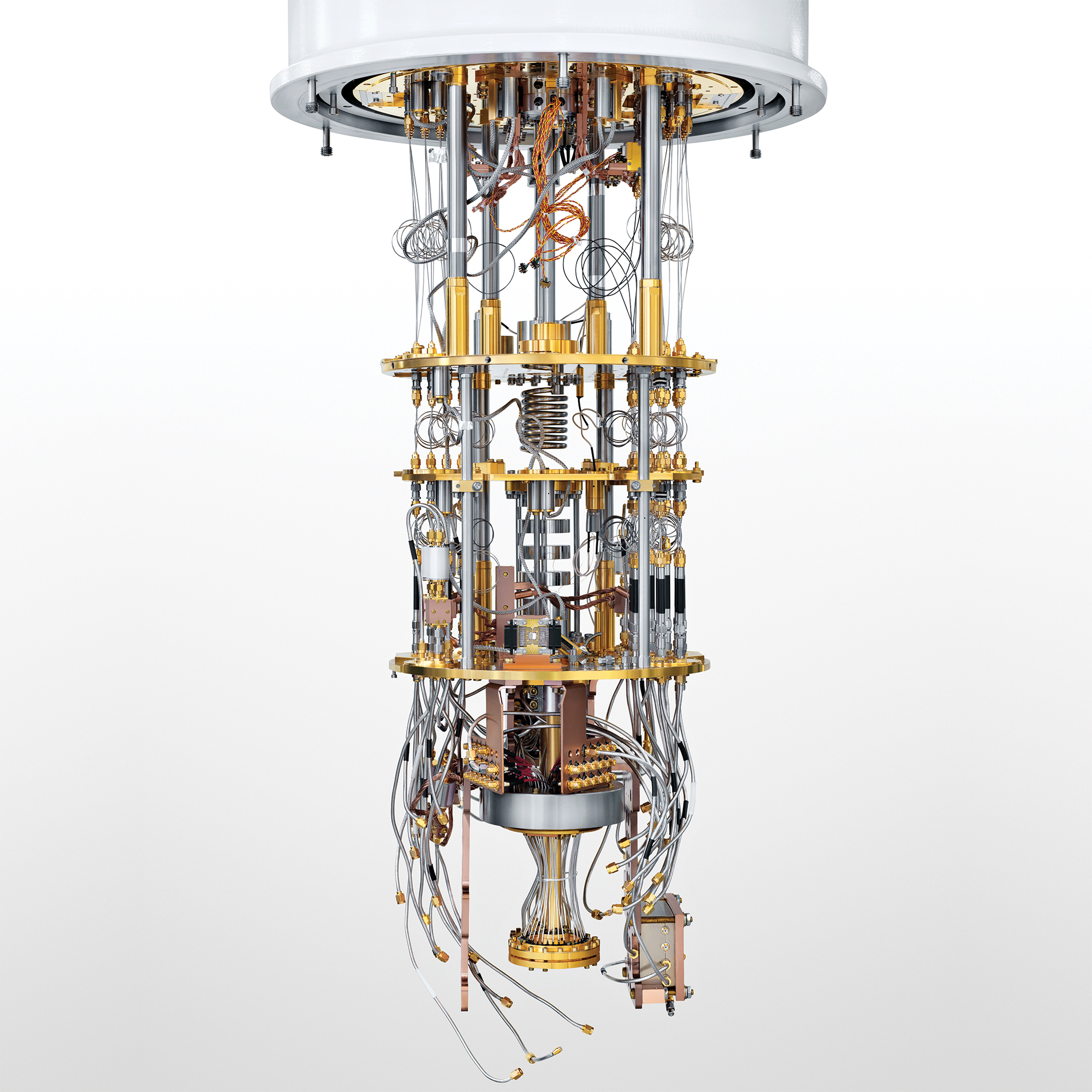A2102 Insights
Explore the latest trends and news on technology, lifestyle, and more.
Quantum Worlds: Where Bits Can Be Both Here and There
Explore the mind-bending realm of quantum worlds, where bits defy reality and exist both here and there! Dive into the quantum mystery now!
Exploring Quantum Superposition: How Bits Exist in Multiple States
Quantum superposition is a fundamental principle of quantum mechanics that allows particles to exist in multiple states simultaneously. Unlike classical bits, which can only be in one of two states (0 or 1), quantum bits, or qubits, can represent both 0 and 1 at the same time. This remarkable property is what enables quantum computers to perform complex calculations at speeds unimaginable with traditional computers. By leveraging superposition, qubits can encode a vast amount of information, fundamentally altering our understanding of computation and data processing.
The implications of quantum superposition extend beyond computing; they challenge our perception of reality. For instance, the famous thought experiment known as Schrödinger's cat illustrates how a cat, placed in a box with a quantum event, is considered both alive and dead until observed. This paradox illustrates the counterintuitive nature of quantum mechanics and spurs ongoing debates in both scientific and philosophical arenas. As we delve deeper into the mysteries of quantum superposition, we not only unlock new technological potentials but also gain insights into the very fabric of our universe.

Understanding Quantum Entanglement: Instant Communication Across Distance
Quantum entanglement is a fascinating phenomenon in the field of quantum physics, where two or more particles become interconnected in such a way that the state of one particle instantly influences the state of another, regardless of the distance separating them. This unique characteristic challenges our classical understanding of communication and locality. When we consider the implications of instant communication across vast distances, it leads to intriguing questions about the fundamental nature of reality and the potential for utilizing this phenomenon in the realm of information transfer.
One of the most striking aspects of quantum entanglement is its role in quantum computing and secure communication. By leveraging the principles of entanglement, scientists envision the development of quantum networks that could enable instantaneous data exchange between distant locations. With advancements in this area, we may witness a revolutionary shift in how information is transmitted and perceived, arguably surpassing the limitations of traditional communication methods. The journey towards harnessing instant communication through quantum entanglement is a topic that continues to generate excitement and speculation within both scientific and technological communities.
What Does It Mean for Information to Be Both Here and There in Quantum Computing?
In the realm of quantum computing, the concept of information being both here and there arises from the principles of quantum superposition and entanglement. Quantum superposition allows particles to exist in multiple states simultaneously, meaning that a quantum bit, or qubit, can represent both 0 and 1 at the same time. This unique property fundamentally challenges our classical understanding of information, where a bit can only be in one state at a time. Consequently, the implication of information being here and there means that data can be processed and utilized in a fundamentally more complex and efficient manner, potentially revolutionizing computation capabilities.
Additionally, “here and there” also refers to the phenomenon of quantum entanglement, where two or more qubits become interconnected in such a way that the state of one immediately influences the state of another, regardless of distance. This instantaneous connection allows for information transfer between qubits that are far apart, creating a new paradigm in data sharing and security. In practical applications, such as quantum communication and quantum cryptography, the ability for information to exist here and there not only enhances speed but also offers unparalleled security measures, as any attempt to intercept the entangled information would disrupt the quantum state.